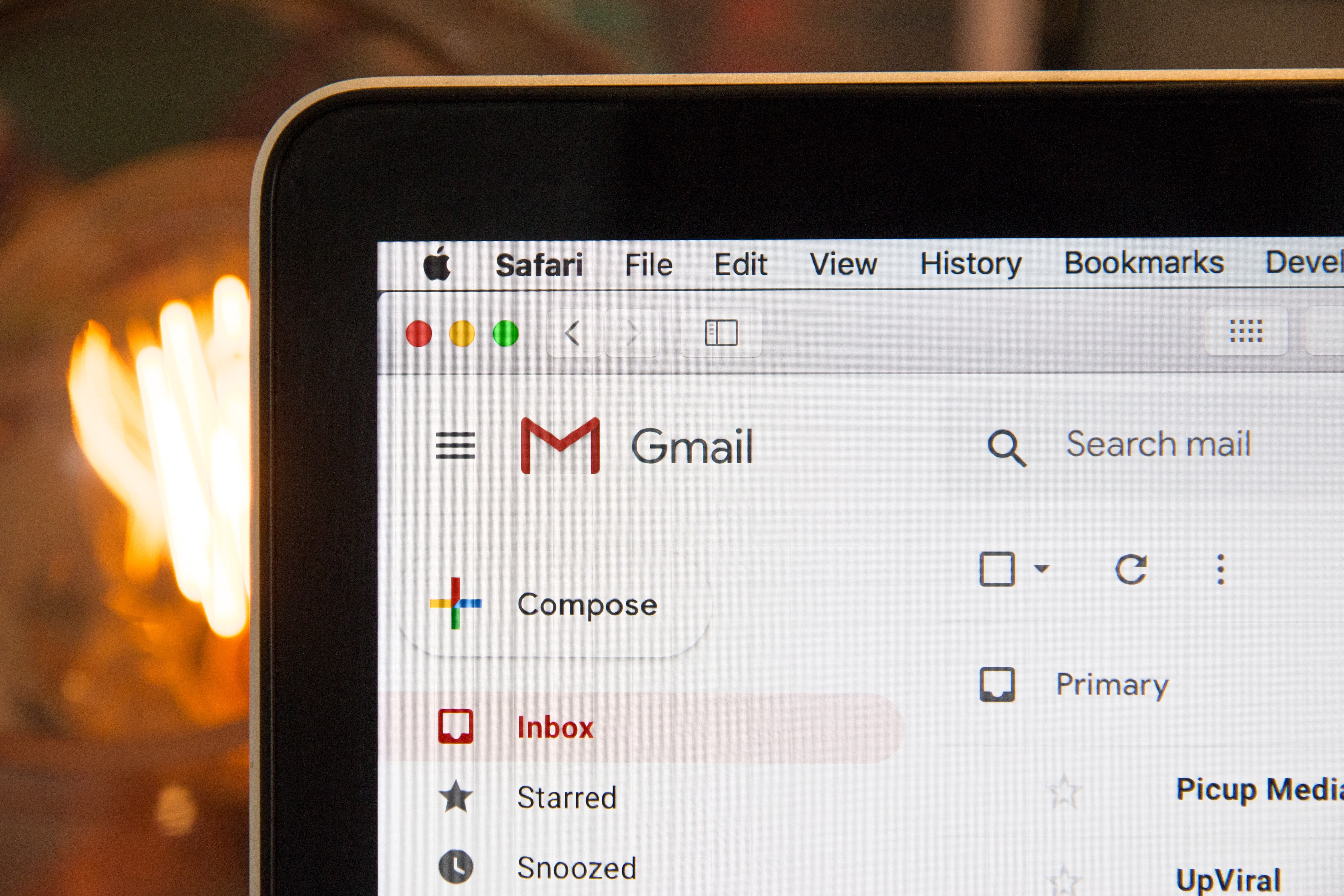Author: Ben Greenwood
Posted: 15 Jan 2020
Estimated time to read: 5 mins
It’s a familiar routine for most - sitting down after a full day of teaching to an overflowing email inbox and working through the bottomless pit of ‘To whom it may concern’ and ‘kind regards’.
At times it can seem like you’re never going to have time to reply to them all, but you know that there are important messages buried deep within them, so you keep on clicking and reading, clicking and reading, clicking and reading.
When you finally snap out of this entranced state, hours have passed and you still haven’t started on the actual work you had to do. Looks like it’s going to be a late one again…
For many teachers, emails are a huge timesuck. They can eat up hours during the working day and dominate free time, when you should be putting your feet up. They can also have a knock-on effect on other tasks that you do out of work hours, like marking and lesson prep.
That’s why we put together a definitive list of email etiquette for schools. Below you’ll find actionable advice for dealing with overflowing inboxes, nonsensical subject lines and more.
Email Etiquette for Schools
First, ask yourself if the email is necessary
We’ve come to accept email as something of a default mode of communication. We rely on its ease and instantaneous nature to deliver important messages quickly. But it is often used too frequently or inappropriately.
Sometimes it’s best to go back to basics. When discussing a sensitive topic, perhaps relating to personal information about a child, it can be more discreet and meaningful to speak about this with those affected in person, or over the phone. Similarly, if you have a question to ask, especially if it's time sensitive, it might be best to call or go to their office.
Before you hit send, or before you even begin to draft your message, stop and think. Ensure that the best way for this message to be relayed is via email. You’ll find that other forms of communication are actually quicker, easier or more effective, and it’ll help to clear up your inbox.
Only send and expect replies during the working day
Most staff members should only obligated to use their work email during office hours. Even if you are sent an email after work hours, there should be no need to read or reply to it until office hours begin the next day.
This is one part of the teacher workload problem that needs to be brought under control. If a matter is of urgent importance and can’t wait, then the information should be relayed by phone.
There is no need for emails to be sent outside of working hours. Schools can solidify this by creating a communication policy that stipulates ‘out of office hours’. This gives teachers the authoritative reminder to keep the emails at bay and put themselves first.
Don’t be trigger happy with ‘All Staff’
At least once in your career you’ll undoubtedly have been the recipient of an email that didn’t apply to you. Sometimes it’s an embarrassing mistake from Mr Stevenson, who tried to write a reply to an angry parent without his glasses. But more often it’s an ‘All Staff’ email from a meeting that didn’t involve you.
‘All Staff’ should only be used when you want to do just that; send your email to every member of staff. In doing this, you must be certain that every single person needs the information that is on that email. If not, don’t send it. If you want to send it to 11 members of staff, choose those staff members.
As well as taking steps to free up your own inbox, we need to take steps to free up others’. Reeling in your use of ‘All Staff’ can dramatically clear up inboxes and give other members of staff the time they need to do their job. Some schools even limit use of All Staff emails so that only head teachers can use it.

Stay in-thread
If you’ve exchanged emails with someone over a certain topic and want to continue discussing that topic - reply within the thread. Don’t send a fresh email every time, this only serves to fill up both of your inboxes for no good reason.
Most email providers condense threads into one tab for a cleaner look, it also means that everything discussed so far is helpfully filed away so you can refer to it later without scrolling through your inbox.
In short - threads are good. Use them!
Add NRN to your communication policy
By stating ‘no response necessary’ (NRN) at the start of emails, you indicate that you aren’t expecting a response to your message. This is mostly used for announcements or for general messages that don’t require a reply.
Why is this necessary? If you’ve ever sent out a whole-school message in the morning and returned to an inbox of 60 ‘Ok, thanks’, you’ll know why this is necessary! NRN shows that there is no need to show that you have understood or received the message. This stops staff sending needless replies and keeps your inbox clear for important messages.
Don’t neglect the subject line
Subject lines are the first thing we see in our inbox. If you write one that is too long or bordering on cryptic, it might get ignored. On the other hand, if you forget to write one, your email will like land neatly in your colleague’s spam folder and never see the light of day.
It might seem obvious, but you should always include a concise, descriptive subject line that properly introduces your email topic. Ensure that it’s accurate too, a misleading subject header is a waste of everybody’s time.
Take caution sending large files
Attachments with a large file size can clog up inboxes and cause other important emails to bounce whilst the file downloads. You should ensure that there are proper guidelines in place so staff know what to do if they need to share large files. This could involve sending a ‘warning’ email before sending a large file (but this involves more emailing, which we’re trying to avoid!).
Using the school file network, cloud based file sharing software or another messaging service like whatsapp or messenger (if these are permitted at your school) could speed up download speeds and unclog your email service provider, so those important messages don’t bounce.
No novels, please
Keep emails short and sweet. In the words of George Orwell:
- Never use a long word where a short word will do.
- If it is possible to cut a word out, always cut it out.
These two rules should keep your emails short, snappy and to the point. They should still contain all the vital information that your colleagues need, just without the fluff and flowery language. If it's good enough for George, it’s good enough for us.
To consolidate, emails are something we use every day. They're great at speeding up and simplifying communications. But, if used badly, can contribute greatly to ever-rising teacher workloads, declining work-life balance and a retainment crisis that threatens the very foundations of our education system.
Whilst getting you emails in order might not have you home for 5:05, it should contribute to incremental changes that bring about a more stable, enriching environment for staff, ensuring that students benefit from happy, healthy teachers.


